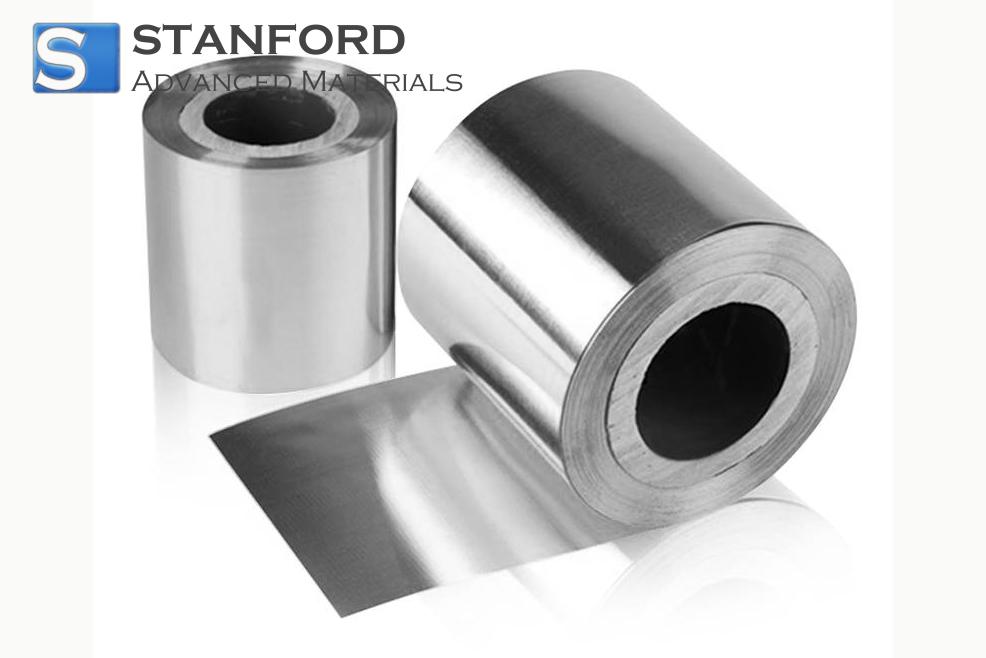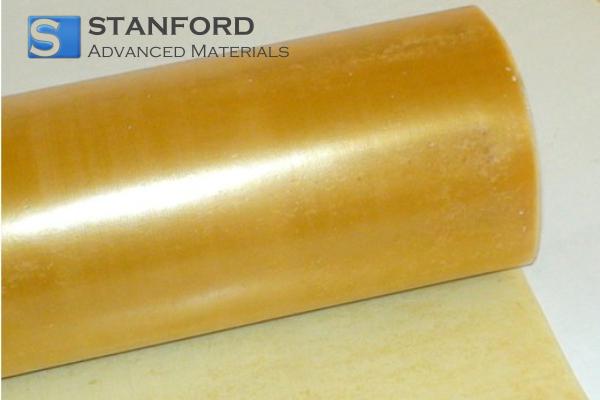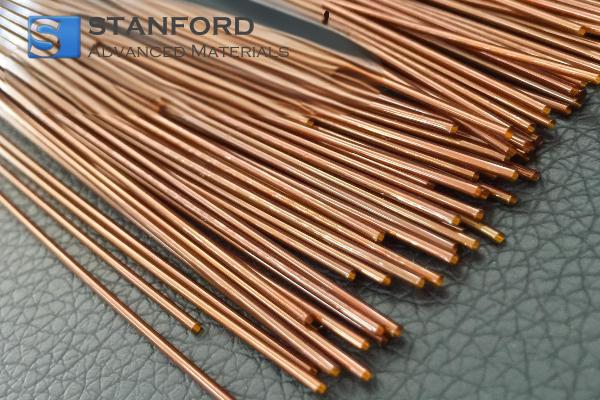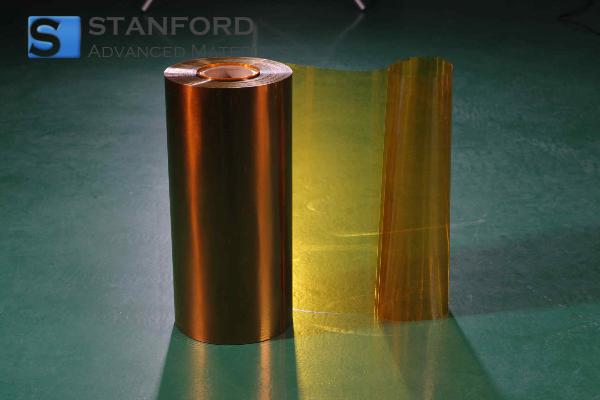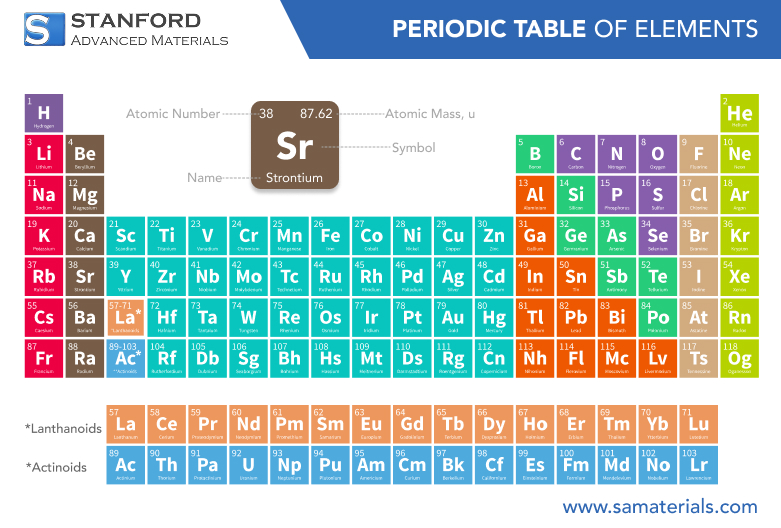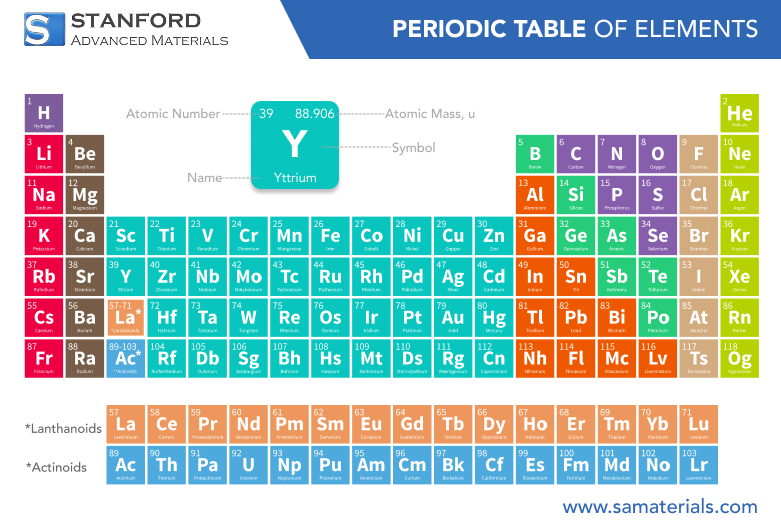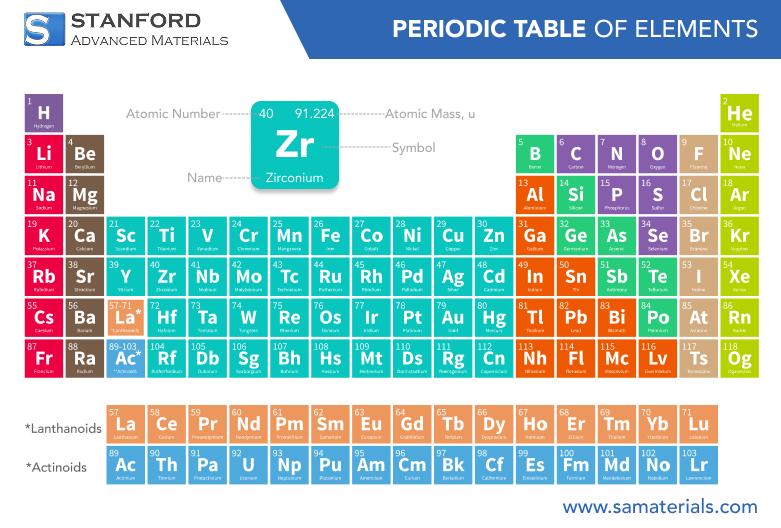Argon: Element Properties and Uses
Description
Argon is a colorless, odorless, and inert gas that belongs to the noble gases group in the periodic table. It is commonly found in the Earth's atmosphere in trace amounts.
Introduction to the Element
Argon (Ar) is a noble gas, which means it is chemically inert and does not readily form compounds with other elements. It was discovered in 1894 by Lord Rayleigh and Sir William Ramsay. Argon makes up approximately 0.93% of the Earth's atmosphere and is the third most abundant gas after nitrogen and oxygen. Its name is derived from the Greek word "argos," meaning "inactive," reflecting its chemical inactivity. For more information, please check Stanford Advanced Materials (SAM).
Chemical Properties Description
Argon is chemically inert, meaning it does not readily form chemical compounds under standard conditions. This property makes it ideal for use in environments where reactions with other elements are undesirable. It has a very low reactivity due to its full outer electron shell, which gives it a stable electronic configuration.
Physical Properties Data Table
Below is a table summarizing the physical properties of Argon:
Property | Value |
Atomic number | 18 |
Molecular weight | 39.948 g/mol |
Density | 1.784 g/L (at 0°C and 1 atm) |
Melting point | -189.34°C |
-185.85°C |
Common Uses
Argon is widely used in various industries due to its inert properties. Some common applications include:
1. Welding and metal fabrication: Argon is used as a shielding gas to protect metals from oxidation during welding.
2. Lighting: Argon is used in light bulbs and fluorescent lamps.
3. Insulation: Argon is used as an insulating gas between panes of glass in double-glazed windows.
4. Inert atmospheres: Argon is used in laboratories and industrial processes where an inert atmosphere is required.
Preparation Methods
Argon is typically obtained through fractional distillation of liquefied air, a process that separates the various components of air based on their different boiling points. During this process, nitrogen, oxygen, and argon are separated, with argon being collected in its purified form.
Related Industrial Products
Argon is an essential component in many industrial applications. It is used in combination with other gases like helium, oxygen, and nitrogen to create specialized atmospheres in various industries. For instance, argon is used in conjunction with other gases in the production of semiconductors and in growing crystals in laboratory settings.
Frequently Asked Questions
What is argon?
Argon is a colorless, odorless, and inert noble gas that is commonly found in the Earth's atmosphere. It is used in various industrial processes due to its inert properties.
Why is argon used in welding?
Argon is used as a shielding gas in welding because it is chemically inert, preventing oxidation and other chemical reactions that could affect the quality of the weld.
How is argon obtained?
Argon is obtained through the process of fractional distillation of liquefied air, where it is separated from other gases based on its boiling point.
Is argon harmful to humans?
Argon is not harmful in small quantities. However, in large concentrations, it can displace oxygen and lead to suffocation in confined spaces.
Where is argon commonly used?
Argon is used in a variety of applications, including welding, lighting, insulation, and laboratory work, due to its chemical inertness and non-reactivity.

